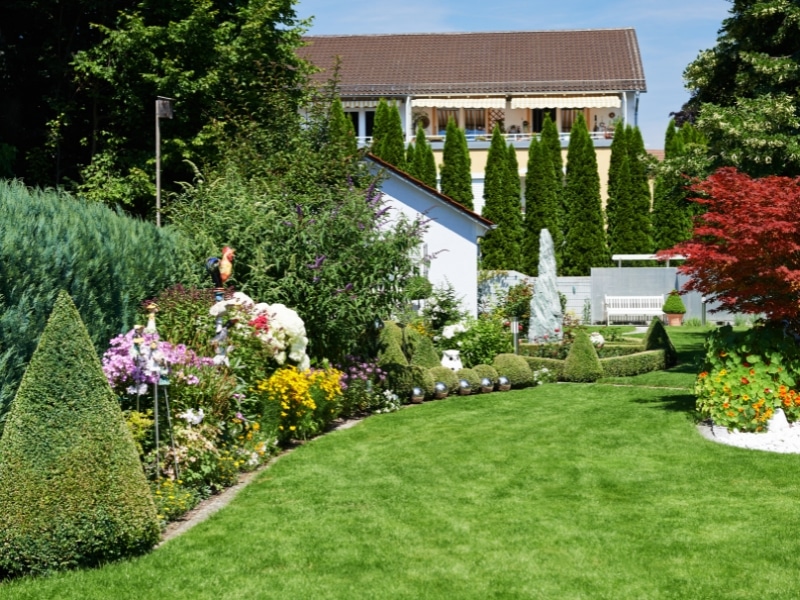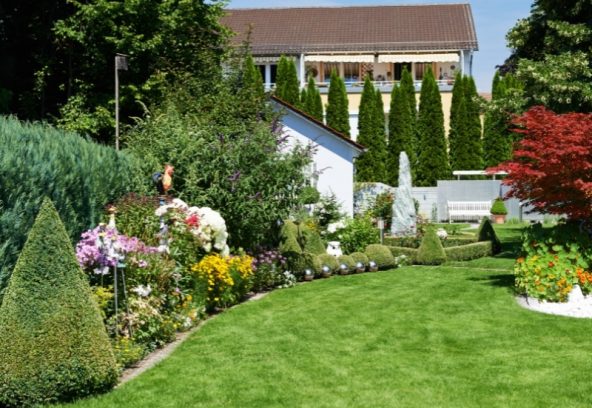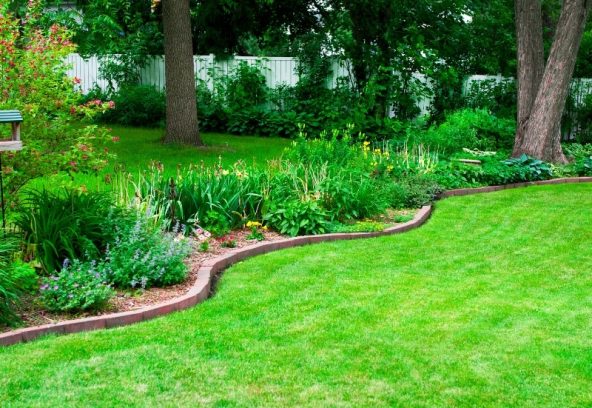
Winter in Australia presents a unique opportunity for designing your garden. While the colder months may seem less inviting for outdoor activities, they offer a chance to reimagine and enhance your garden’s structure and aesthetics. With careful planning, your garden can remain vibrant and functional throughout winter. This article examines the essential factors to consider in winter garden design, including plant selection, soil preparation, lighting, and irrigation. By understanding these elements, you can create a garden that not only withstands the chill but thrives in it.
What matters most when designing your garden in winter?
Winter garden design is all about form and durability. With most plants dormant, it’s the perfect time to rethink structure and highlight durable features.
- Structural elements: Incorporate features like pergolas, trellises, raised beds, and arbours to frame the space. Stone walls and timber posts lend character and act as focal points through the colder months.
- Evergreen plants: Choose hedges and shrubs like lilly pilly or viburnum that maintain their foliage and shape, offering colour and texture when deciduous plants drop their leaves.
- Hardscaping: Consider gravel paths, paving, and benches that invite use even on crisp mornings. Sturdy materials prevent slipperiness and reduce the need for maintenance.
- Seasonal accents: Fire pits, garden sculptures, and rustic lanterns create ambience and make your space feel lived in, even in the off-season.
Common winter garden elements: What to focus on
| Element | Why It Matters in Winter | Tips to Get It Right |
| Structure | Stays visible when foliage drops | Add pergolas, arbours, and raised beds |
| Evergreens | Offer year-round colour and texture | Use native hedges like lilly pilly |
| Lighting | Extends usability after dark | Combine solar and LED with warm tones |
| Mulching | Protects roots and conserves moisture | Apply 5–7 cm thick, keep away from the stems |
| Irrigation | Needs less water, more monitoring | Use soil sensors and insulate systems |
In short, designing with winter in mind makes your garden enjoyable all year. Discover high-quality solutions for designing your garden for winter to ensure your space thrives throughout every season.
Which plants work best when designing your garden?
Winter doesn’t mean bare beds. Some species come into their own during colder months, adding interest, scent, and colour.
- Camellias: Their waxy leaves and pastel blooms are ideal for shady spots. Plus, they bloom when little else does—an easy favourite in Aussie gardens.
- Hellebores: These hardy perennials withstand frost and bloom for months. Their nodding flowers suit underplanting and provide ground-level charm.
- Grevilleas: Drought-tolerant and bird-attracting, they add pops of red and orange when everything else is muted. Their spiky foliage also deters pests.
- Snowdrops and jonquils: These bulbs pierce the winter soil early, bringing cheer and marking the beginning of the changing seasons.
- Loropetalum: This evergreen features purple foliage and pink flowers, making it perfect for creating contrast.
- Daphne: Loved for its fragrance, it perfumes crisp morning walks and thrives in well-drained soil.
When chosen wisely, winter plants offer both beauty and functionality. Dig deeper into winter considerations for garden designing to maximise your plant selection.
Why is soil prep key to designing your garden in winter?

Good soil sets your garden up for long-term success. Winter is the time to nourish and reset the soil ecosystem.
- Add organic matter: Compost introduces microbes that break down nutrients, while manure improves texture. Use green manure crops in empty beds for added nitrogen.
- Mulching: Straw, bark, or leaf litter protects roots from frost and keeps weeds at bay. Mulch also prevents water from evaporating too quickly during windy days.
- Test soil pH: Neutral or slightly acidic soil is suitable for most plants. Add lime to raise pH or sulphur to lower it. Understanding your pH helps avoid nutrient lockout.
- Aeration: Heavy rain compacts soil, suffocating roots. Use a garden fork or core aerator to relieve tension and allow oxygen flow.
- Add rock dusts: Re-mineralise tired soils with basalt or granite dusts for long-term plant health.
- Control erosion: Use cover crops or terracing if your garden is on a slope.
Winter prep is the unsung hero of spring success. Creating inviting gardens for colder seasons and for practical soil prep strategies.
Can lighting effectively enhance winter garden design?
Yes—and it’s often overlooked. Thoughtful lighting enhances both the mood and functionality of a winter garden.
- Pathway lights: Use solar or low-voltage lights to guide movement and avoid accidents. Position near steps or junctions for visibility.
- Uplighting: Cast dramatic shadows on trees, walls, or garden features. Consider using LED lights for energy savings and colour control.
- String lights: Drape across fences or trellises for warmth. Use warm white for a cosy vibe or copper fairy lights for a festive glow.
- Motion sensors: Perfect for security and sustainability. Pair with timers to limit light pollution while still enjoying visibility.
- Lanterns and candles: Portable and charming, they transform patios and porches. Go for battery-operated styles for safety.
- Feature lighting: Highlight water features or sculptures for a striking visual, even from indoors.
Lighting gives winter gardens life after sunset. For more ideas, explore community-supported garden planning initiatives that showcase great lighting examples.
How does winter impact garden irrigation plans?
Irrigation in winter is about moderation. Overwatering is a bigger risk than under-watering during the cooler months.
- Reduce frequency: Plants need less water in winter. Switch to manual watering or reprogram systems to run less often.
- Monitor soil moisture: Use a moisture meter to determine when watering is actually needed. Some plants, like succulents, need next to nothing.
- Insulate pipes: Wrap exposed hoses or systems with foam tubing. In frost-prone areas, drain irrigation lines fully to prevent bursts.
- Adjust timers: If you’re still using automated systems, cut schedules by half. Consider weather-responsive controllers.
- Consider wicking beds: These systems deliver water from below, keeping leaves dry and reducing the risk of fungal infections.
- Harvest winter rain: Use rainwater tanks and direct overflow to garden beds.
Proper irrigation protects both your plants and your plumbing.
Final thoughts
Designing your garden in winter isn’t about doing less—it’s about doing it differently. Structure, texture, imaginative planting, and seasonal planning all play a role in making your space look good and function well, even when temperatures drop. Learn how Bespoke Landscaping Sydney helps plan cold-season gardens to ensure every part of your winter garden feels intentional and alive.





